Tu-141 Strizh, the improvised weapon Ukraine uses to attack Russian bomber bases
The Tu-141 Strizh is originally a Soviet-era drone designed for long-range reconnaissance, but Ukraine modified them into long-range weapons to attack Russian strategic bomber bases, several hundred kilometers behind the front line.
As is known, at this stage of the conflict, which turned into a war of attrition, the Kremlin forces are launching massive cruise missile strikes against Ukraine’s critical infrastructure. In particular, their targets are focused on power facilities. And it is Russian strategic bombers, operating mainly from the Engels air base, that are responsible for carrying out most of these attacks.
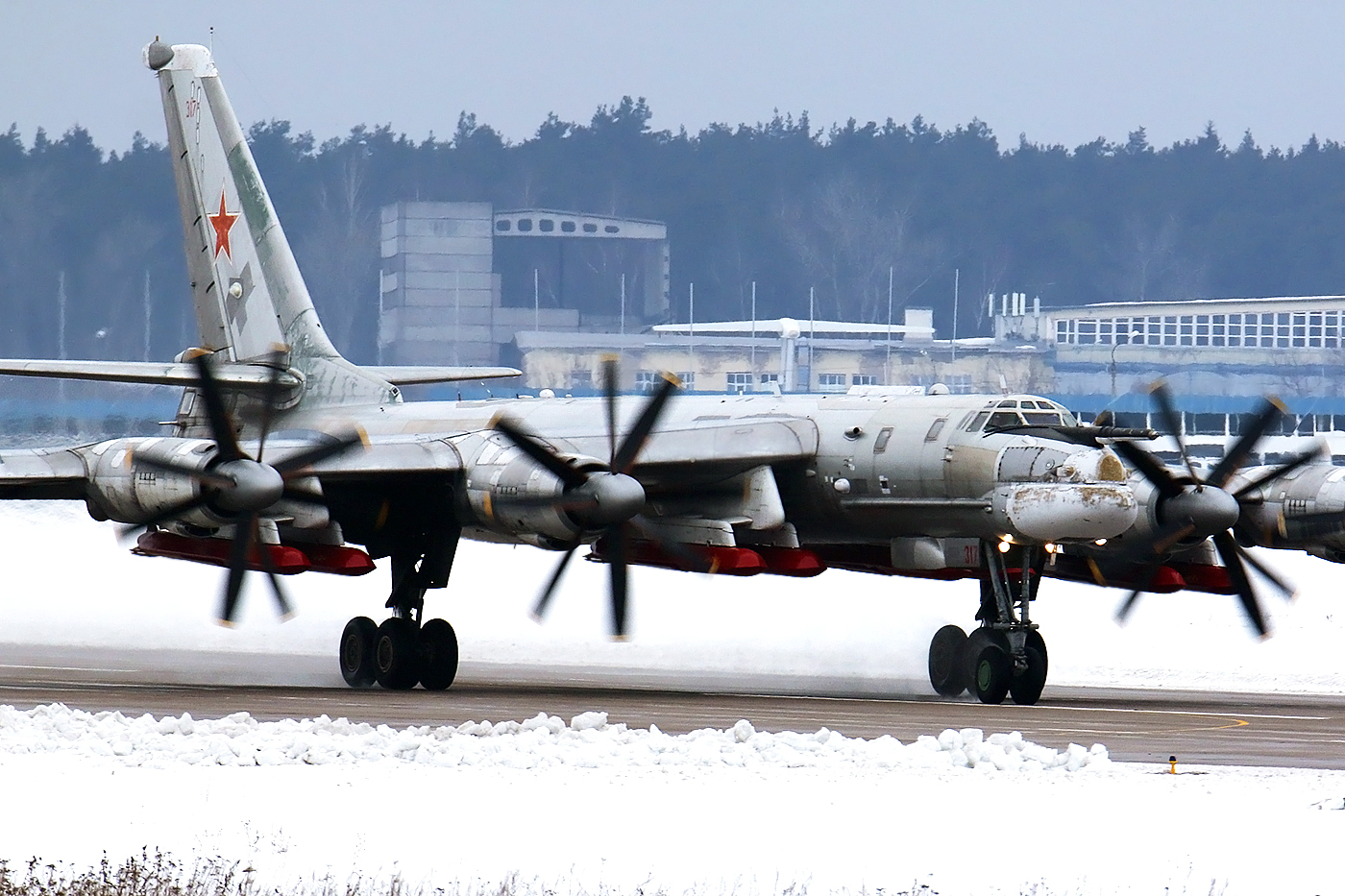
So far, the U.S. and its NATO allies have been ignoring President Zelenskyy’s requests to grant them the necessary means to attack the deep rear of Russian forces (such as ATACMS missiles, which can be fired by HIMARS rocket launchers), so as not to overly antagonize Moscow and leave a door open to a future cease-fire negotiation. But that does not mean that the Ukrainians will not use their inventiveness to achieve it anyway.
«Nothing is lost, everything is transformed»
Kiev needs some way to decrease the affectivity of Russian cruise missile attacks. On the one hand, the transfer of modern air defense means was requested from the West, and that, over time, was achieved. Gepard and IRIS-T SLM/SLS systems arrived from Germany and NASAMS from the USA. And recently, Washington announced the dispatch of a Patriot missile battery.
See also: Ukraine to get a Patriot missile battery and smart weapons for its aircraft
But on the other hand, the best strategy is still to nullify the missile delivery system, in this case, the big Russian bombers. And since «necessity is the mother of invention», Ukrainian military personnel have used all the available means to attack the bombers at their bases, when they are vulnerable.
It is now that the Tu-141 Strizh, a remotely piloted aircraft designed in the former USSR for tactical/strategic reconnaissance missions on its western front, enters the scene.
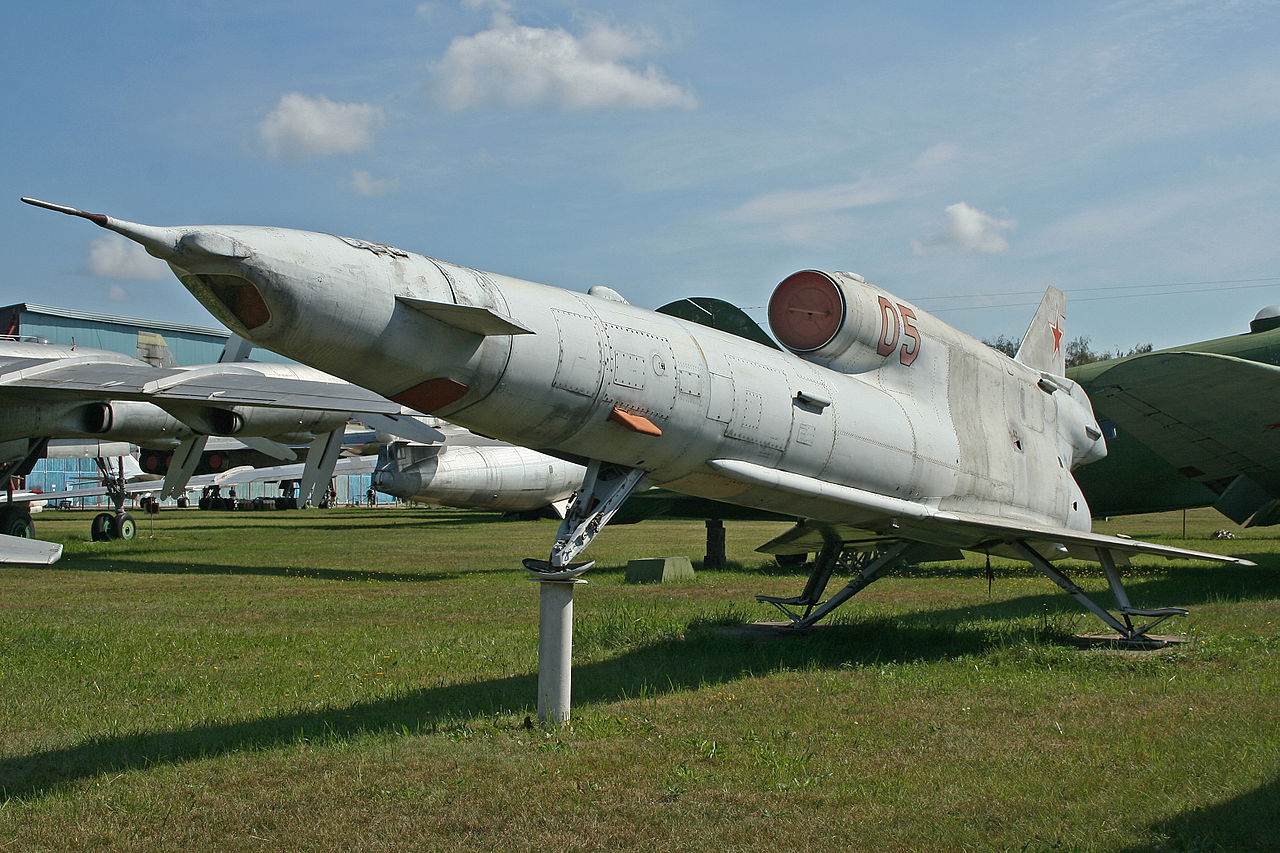
The Tu-141 has a length of 14.33 meters, a wingspan of 2.88 meters and a height of 2.44 meters. Designed to perform reconnaissance missions over NATO-controlled airspace, it can reach transonic speeds of up to 1100 kilometers per hour, and has a range of up to 1,000 kilometers, with a maximum altitude of 6,000 meters. In its original version, the Tu-141 could be equipped with a wide variety of payloads, such as photographic or infrared cameras, and even radars.
These features made the Strizh («Fast» in Russian), a platform suitable for conversion into a long-range missile. Unfortunately there is no verifiable information listing the modifications made to the once reconnaissance drone, but it is clear that it was equipped with improvements to its navigation system (perhaps with Western GPS equipment) and an explosive warhead.
Operational performance of the «new» Tu-141
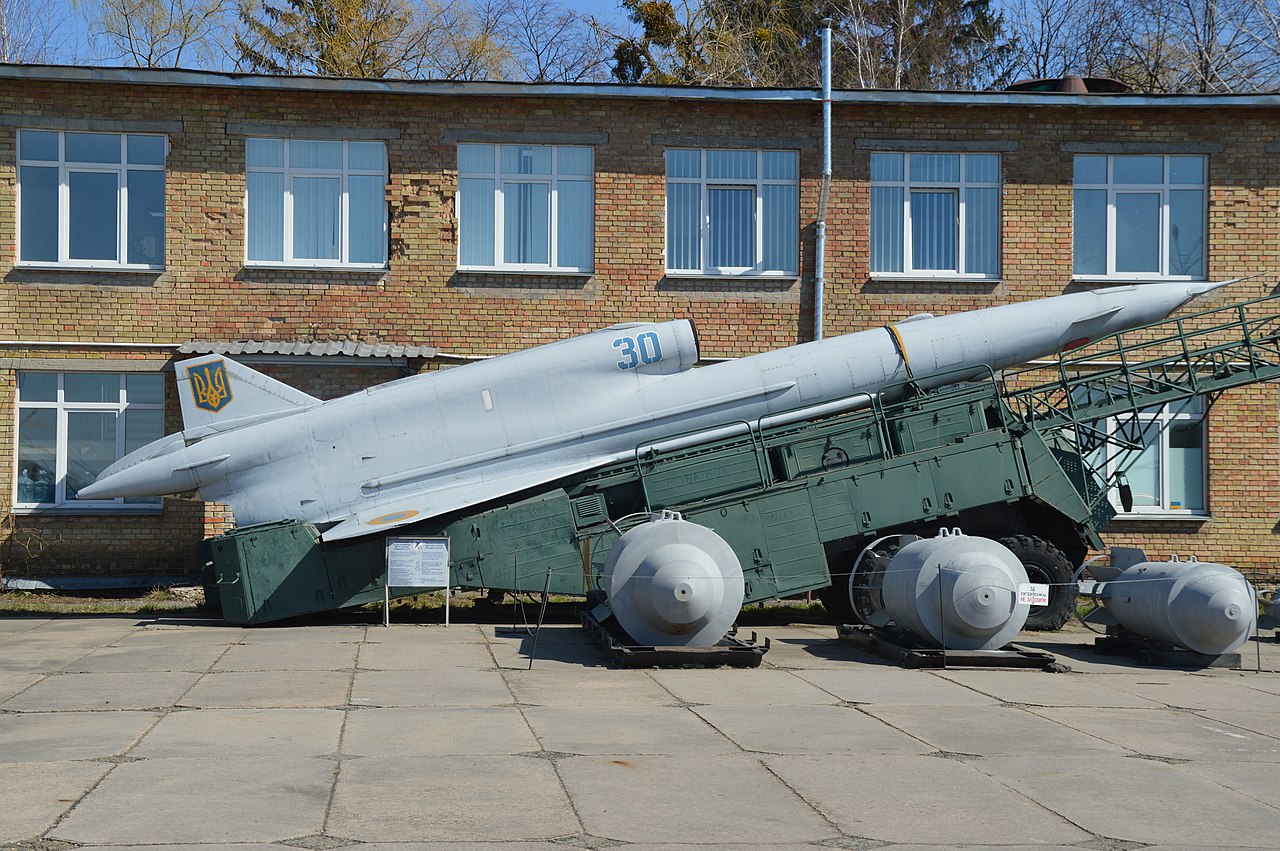
At first, the new improvised weapon system did not prove effective. Starting in March of this year, reports emerged that one of these devices landed on Ukrainian soil and that another, after flying over Romania and Hungary, ended up hitting in front of a student campus in Zagreb, the capital of Croatia.
But after several adjustments and a necessary learning curve, the modified Tu-141s achieved their first significant results, when on December 5 they managed to attack the Russian Engels air base, located 600 km from the Ukrainian border; and the Dyagilevo air base (Ryazan region), located 240 km from Moscow and 500 km from the Ukrainian border.
See also: Ukraine manages to strike deep into Russian territory
The Russian Defense Ministry quickly acknowledged the attack, and while claiming that the drones had been shot down by its air defenses, also reported minor damage to some of its bombers and the death of three servicemen from the wreckage of the suicide drone.
And in the early hours of December 26 (1:35 AM local time), there was a new attack by a Ukrainian Tu-141 Strizh on the Engels base, where the large Tupolev bombers were preparing to launch another cruise missile attack.
Again, Russian official sources assured that the drone attack was thwarted in time:
«On December 26, at around 1:35 Moscow time, a Ukrainian unmanned aerial vehicle was shot down at low altitude while approaching the Engels military airfield in the Saratov region. As a result of the downed drone wreckage, three Russian servicemen from the technical staff who were at the airfield were fatally wounded,» the Russian Defense Ministry spokesman said.
But pro-Ukrainian sources claim otherwise, and maintain that there is a possibility that one of the Tupolev strategic bombers was hit.
Location of the explosion at Engels Air Base on December 26
Several recent videos showed a large explosion occurring at Russia’s Military Air Base near Saratov
Russian media claims that a drone was shot down and missed the air base by 3km, however video evidence shows otherwise pic.twitter.com/oWfvsciRZZ
— Ukraine Battle Map (@ukraine_map) December 26, 2022
Harvesting benefits
It is clear that Kiev will not be able to sustain this long-range strike campaign for long, as it should not have many more Tu-141 drones to modify. However, the propaganda and psychological effect of hitting the Russian rear in a hotspot like Engels cannot be underestimated. And since Tu-95 and Tu-160 strategic bombers are precious and scarce assets for Russia, destroying or severely damaging even a couple of them would represent an irretrievable loss in the short and medium term for Moscow’s deterrence capability.

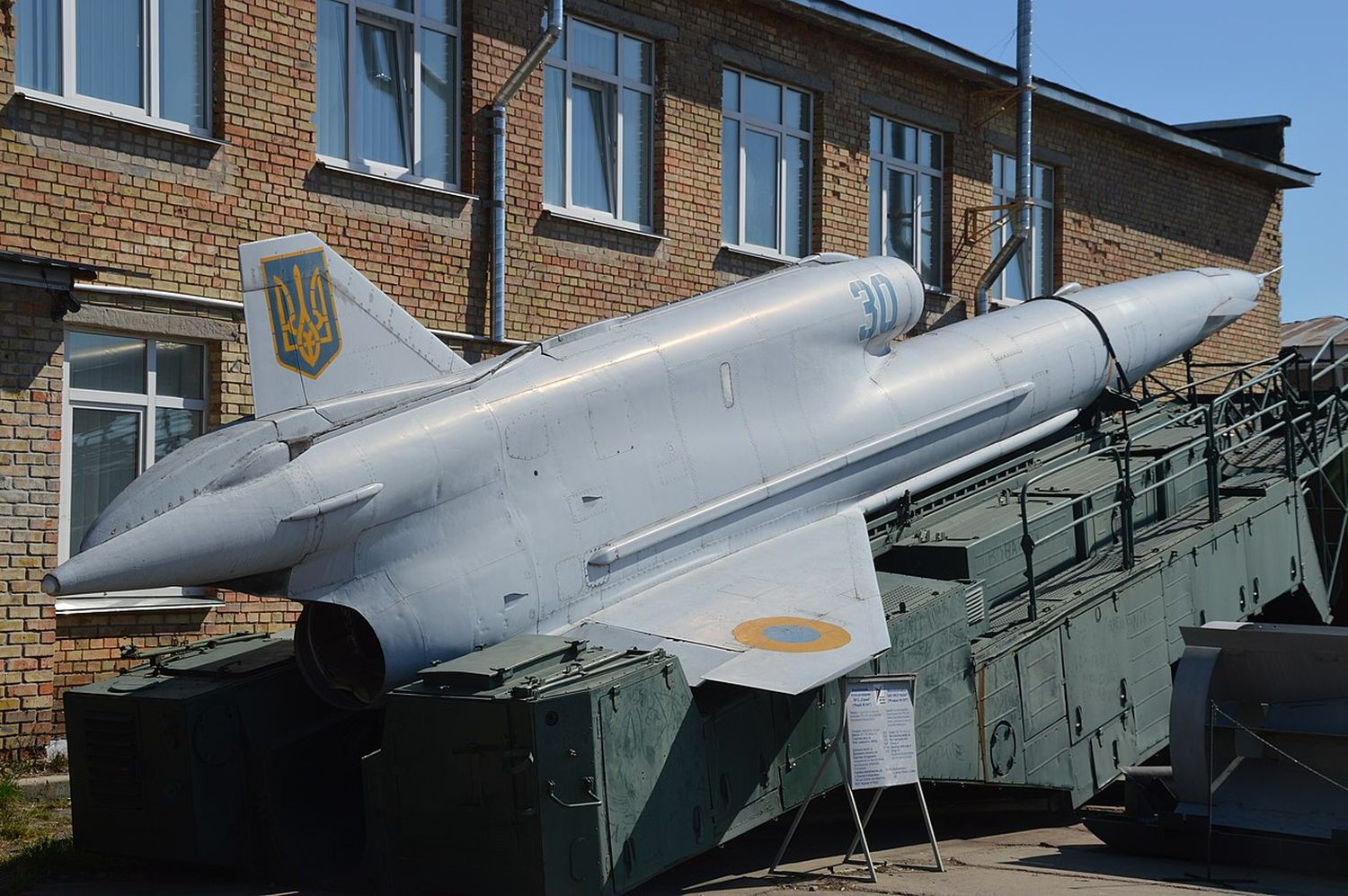
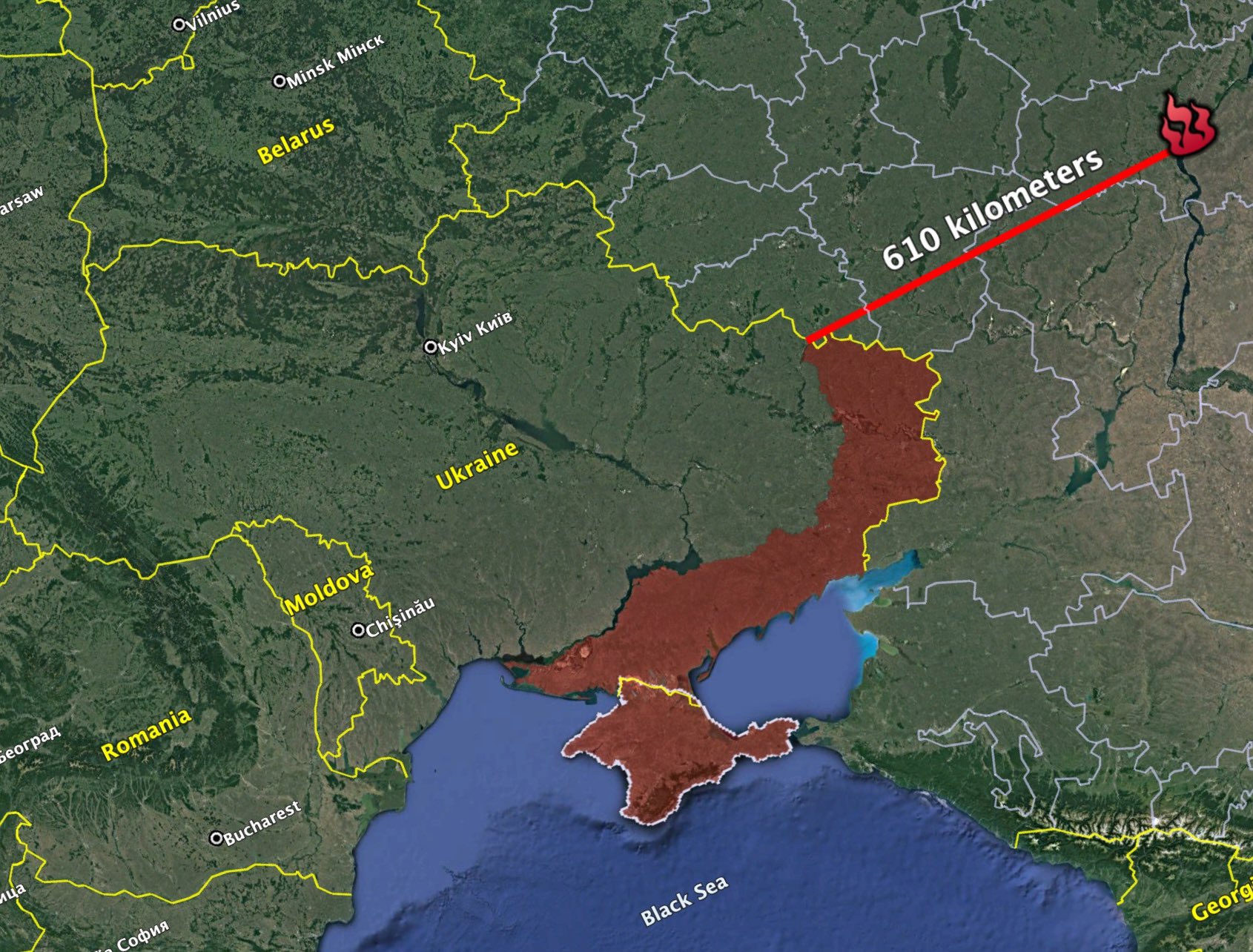
Para comentar, debés estar registradoPor favor, iniciá sesión